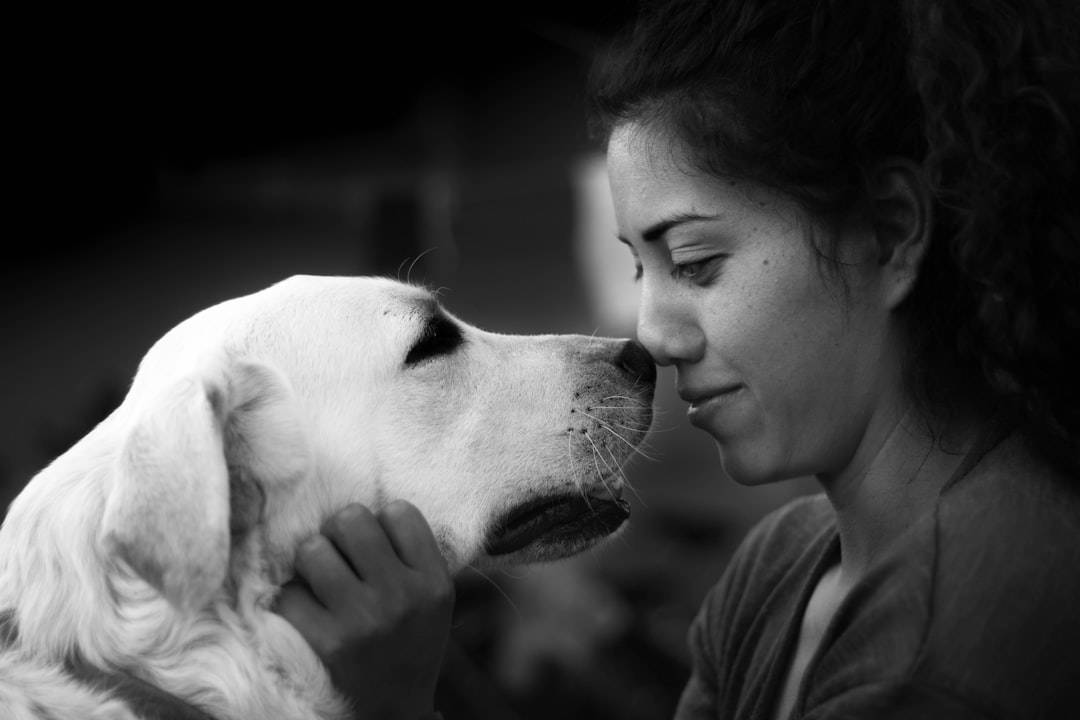What is it about?
This study measured different properties of the speech used by people who speak both Jamaican Creole and English. The measurements included voice onset timing (VOT: the time between a release and voice starting to be produced for voiced plosive sounds like /b/, /d/, and /g/), vowel duration (how long takes to say a vowel in a word), and whole word duration (how long it takes to say a target word). These measurements were compared for children and adults when they said the same words. The aims of the study were to determine if (a) child and adult spoke differently, (b) children’s measurements changed based on the language they were speaking, and (c) if there was a relationships between children's personal variables (age, sex, and exposure/use for each language) and speech measurements.
Featured Image

Photo by Kelly Sikkema on Unsplash
Why is it important?
There were differences in the measurements describing the speech of bilingual adults and children who spoke both Jamaican Creole and English. The measurements for children’s speech were similar in both languages that they used. These findings help us to understand what is normal in the bilingual speech development of children who speak both Jamaican Creole and English.
Read the Original
This page is a summary of: Characterizing Speech Sound Productions in Bilingual Speakers of Jamaican Creole and English: Application of Durational Acoustic Methods, Journal of Speech Language and Hearing Research, January 2023, American Speech-Language-Hearing Association (ASHA),
DOI: 10.1044/2022_jslhr-22-00304.
You can read the full text:
Contributors
The following have contributed to this page










